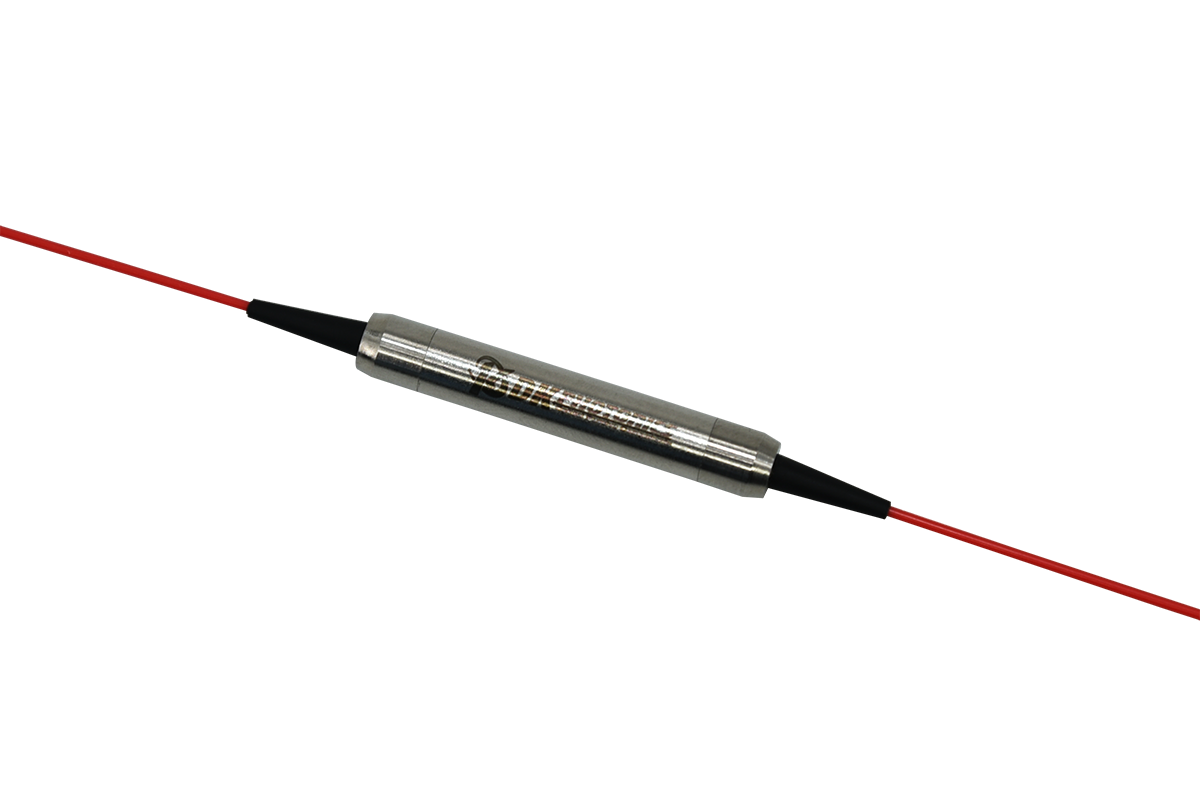An optical network system’s passive components are its foundation. They’re commonly utilized in fiber-to-the-home networks to generate video transmissions by exploiting optical signals.
The increasing number of connected devices, rising use of cloud-based services, and growing consumer and business IoT applications are the primary factors driving market growth over the forecast period.
Additionally, increased IP traffic, FTTP needs, bandwidth requirements, and the desire for scalability in mobile networks are propelling the market growth.
What are some of the most often used optical passive components?
1. Couplers/Splitters
The term coupler refers to an optical device that integrates light from many fibers. On the other hand, a splitter is an optical device that divides light into many strands.
Couplers and splitters have little difference in most circumstances. The operational distinction is formed by using one end as the input and the other as the output. Splitters can be divided into two categories:
- The classic fused type splitter, often known as an FBT coupler or an FBT WDM optical splitter
- The PLC splitter – based on the technology of the PLC Planar Lightwave Circuit
The FBT coupler is less expensive than the PLC splitter; however, the PLC splitter is smaller and better suited to density applications. Tray type, steel tube type, and rackmount box type are all available, depending on the product.
2. Optical Isolators
Optical isolators are devices that stop back-reflected light from spreading. Optical isolators are devices that exclusively transfer light in one direction.
They’re used to prevent light from reaching the laser, which is critical for noise control because lasers are susceptible to accidental feedback at the same frequency.
The operating mechanism of an Optical Isolator is divided into two kinds of devices: Polarizers and Faraday Rotators, both of which work based on the properties of polarized light.
3. Optical Circulators
An optical circulator is a unidirectional (non-reciprocal) device that sends an optical signal in a single path from one port to the next.
Optical circulators work on the same idea as isolators (Faraday rotators), but they have more ports, usually three or four. It’s a beneficial component for making optical add/drop components.
4. Optical Connectors
Optical connectors, also known as fiber optic connectors, are used to link two pieces of optical fibers, cable, or optical devices for a temporary or demountable connection.
There are numerous distinct types of optical connectors that have been produced over time and for various reasons.
ST, SC, FC, MTRJ, and LC style connectors are the most often used connection types.
Solution for Passive Optical Components
A well-known producer of optical passive components can provide you with a low-cost, high-quality solution for products used in fiber lasers and optical fiber applications.
By contacting them, you can select superior passive components. They will provide you with a comprehensive and ideal solution for your optical network projects.


Leave A Comment